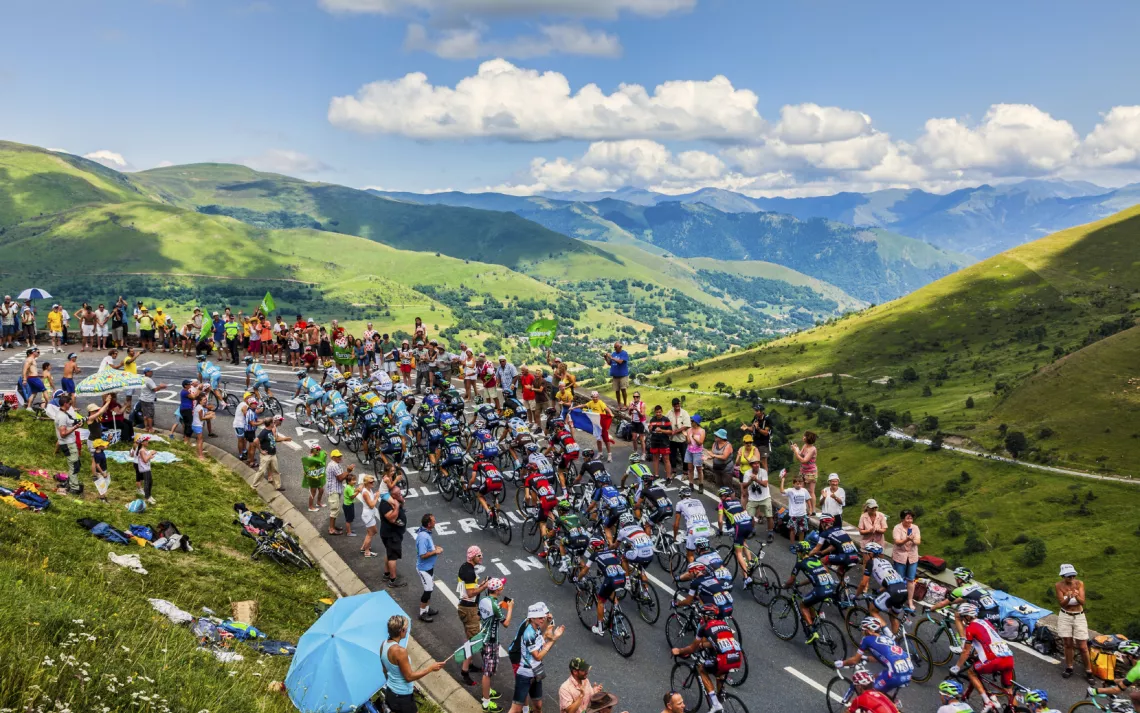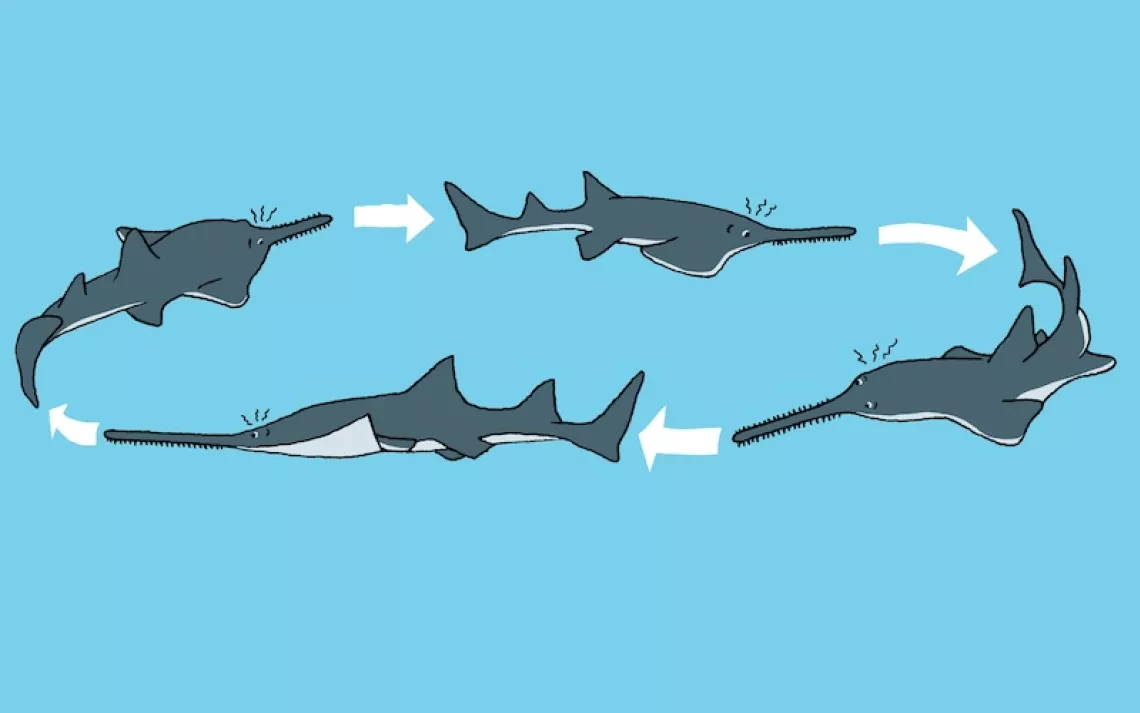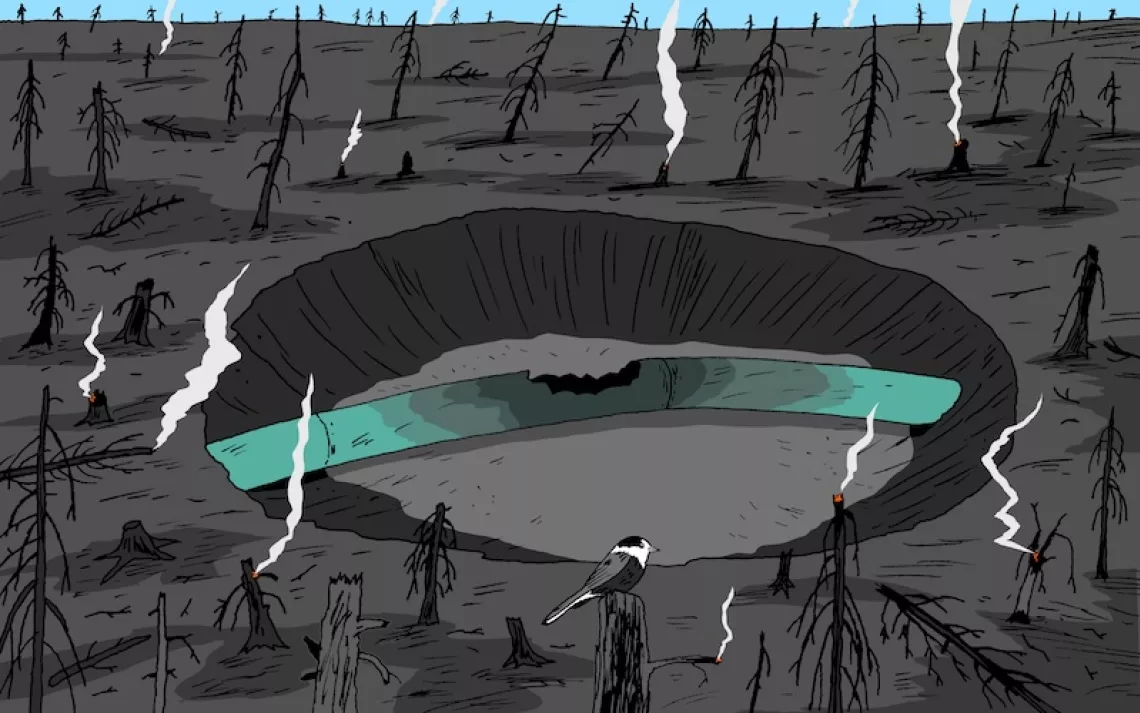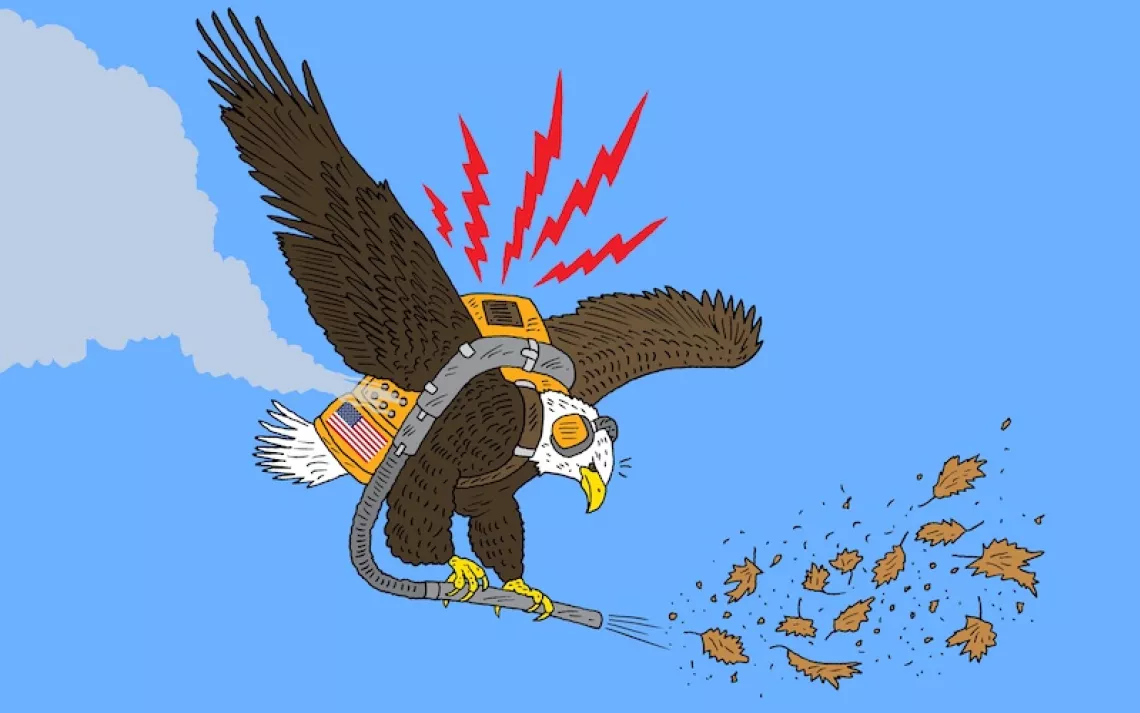How Eco-friendly is the Tour de France?

Photo by iStock/Razvan
Every year since its inaugural race in 1903, the Tour de France has highlighted one of the world’s most environmentally friendly transportation methods: cycling. While NASCAR drivers produce an estimated four million pounds of carbon dioxide driving around in circles each year, riders at the 2015 Tour will generate a tiny fraction of that while covering more than 2,000 miles.
But as the largest annual sporting event in the world, the Tour de France has a massive ecological footprint. The Grand Depart, the Tour’s three-day opening event, typically attracts between two and three million spectators (this year’s which began on July 5th in Utrecht in the Netherlands drew an estimated 2.5 million). When researchers at Cardiff University analyzed data from the 2007 Grand Depart from London to Kent, they determined that attendees expended 100 million kilowatts of energy on their overnight accommodations alone—enough to run London’s underground public transit system for four years.
The study also found that 2007 Grand Depart attendees traveled a total of 870 million miles roundtrip, with nearly 59 percent of them coming by air. These figures represent only a fraction of the footprint for the entire race, which lasts for three weeks and, according to the Tour de France website, attracts 12 million people.
But it’s not just about the spectators. In 2010, Belgian environmental group Coalition Nature filed charges against three riders for littering, an issue that surfaced again in 2013 following complaints about riders throwing bottles and wrappers on the ground.
Former Tour winner Chris Froome, one of the riders targeted by the Coalition Nature lawsuit, suggested to the website Cycling News that race-organizers should set up garbage drop points, or some other method for disposing of trash in a more eco-friendly manner. In fact, the Tour’s environmental regulations state that riders must “throw their rubbish” in designated waste collection areas, but this rule appears to be more of a loose guideline given the recent complaints and visible trash lining race courses.
To reduce its enormous footprint, the Tour employs shuttle buses to and from its stages, and support vehicle drivers receive training in "eco-driving," according to the Tour's website, which teaches them to drive more fuel efficiently. Each year, the Tour conducts assessments of cyclists’ impact on Natura 2000 areas, a network of threatened habitats protected under the European Union’s 1992 Habitats Directive. And the Regional Agency for Sustainable Development in France’s Midi-Pryénées region also conducts campaigns to raise awareness in mountain ranges visited annually by the Tour while also providing 25,000 refuse bags to event spectators.
The Cardiff University researchers believe the Tour can do more. They recommend estimating the ecological footprint prior to the race, then integrating the data into the event planning. Focusing on previously successful carbon reduction methods, then building on those, can produce benchmarks for future Tours. But for now, a competition of one of the cleanest methods of transportation paradoxically generates an ugly footprint.
Follow Sierra on Facebook, Twitter, Pinterest, Instagram, and YouTube.
 The Magazine of The Sierra Club
The Magazine of The Sierra Club







